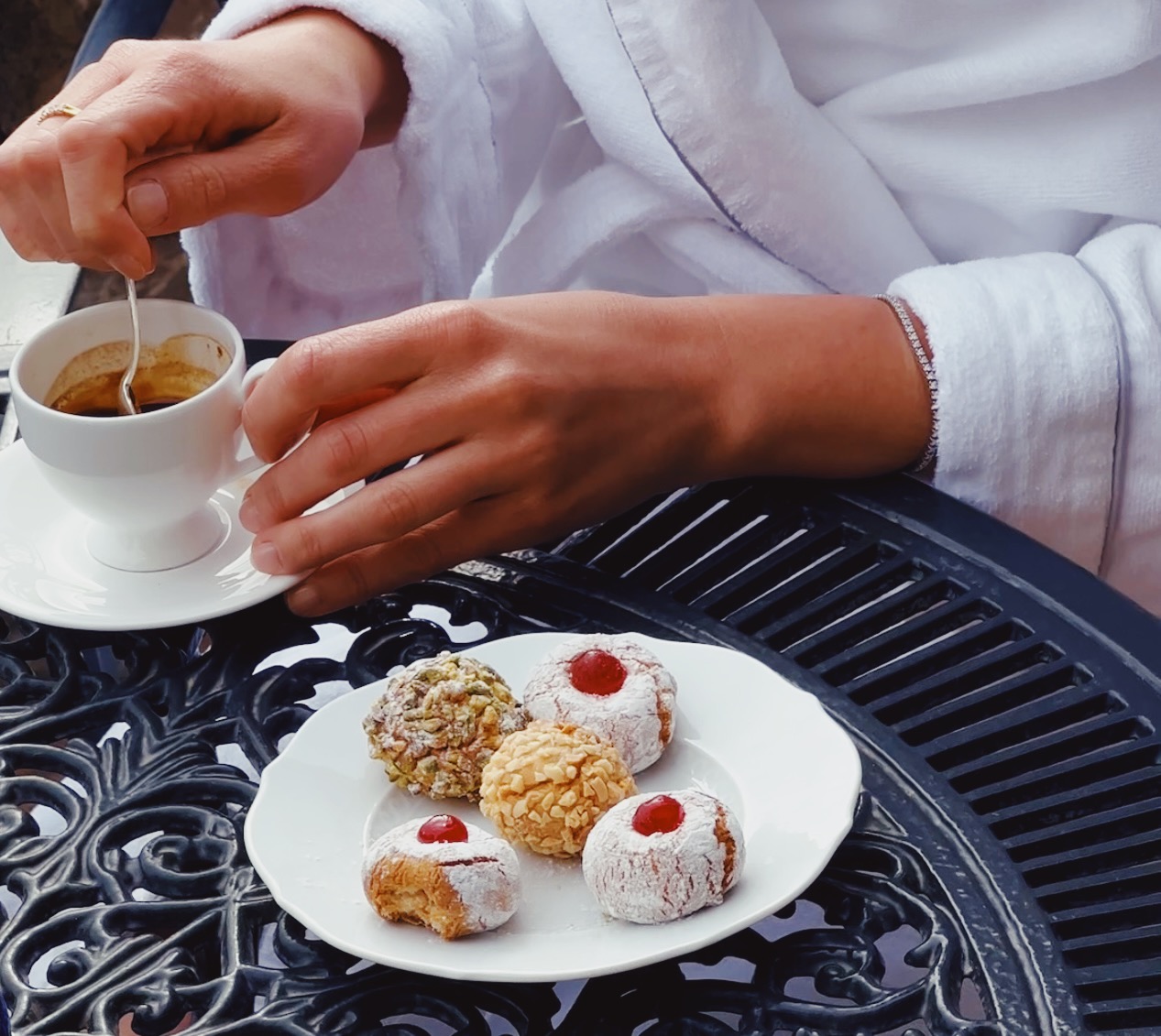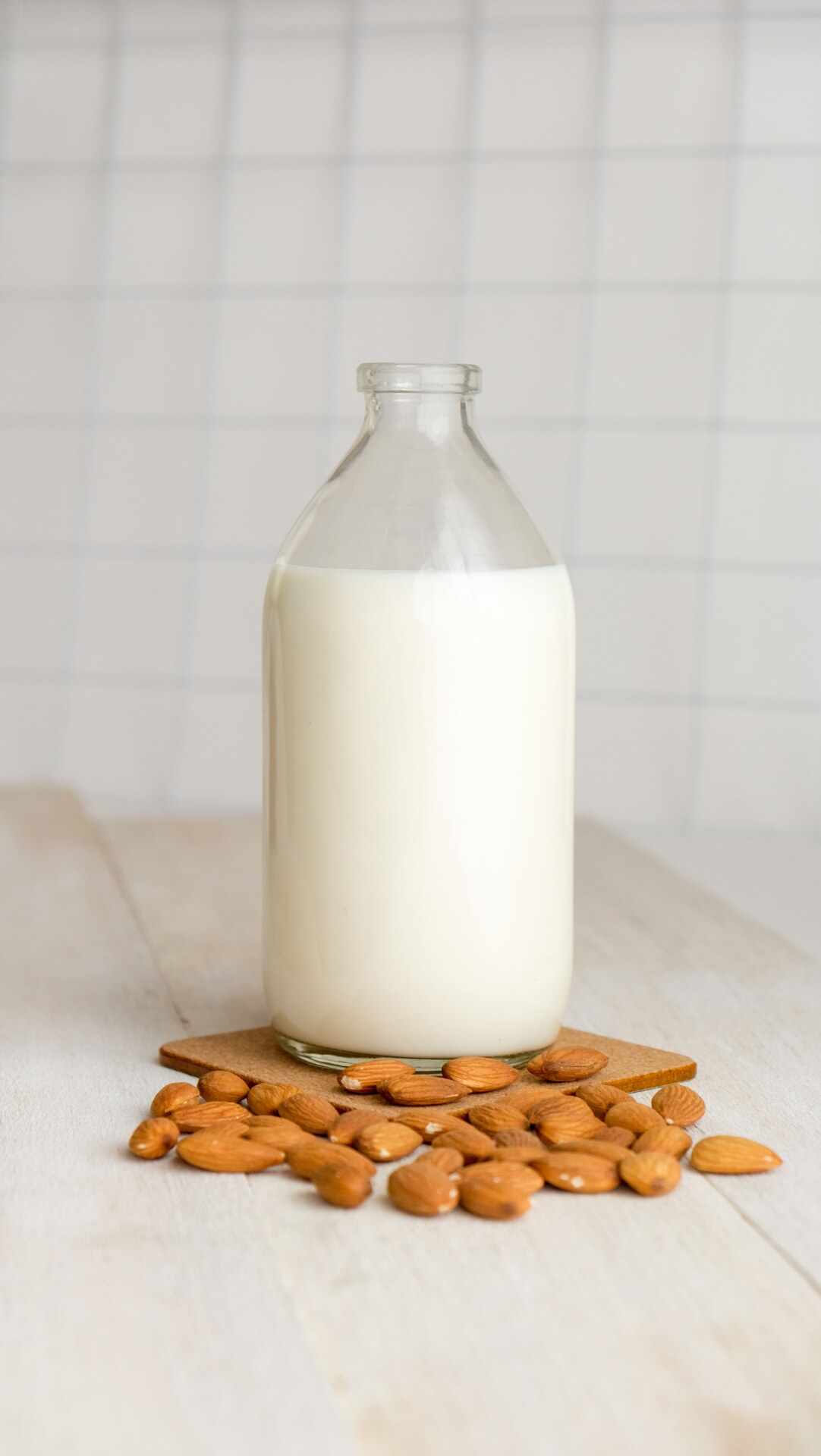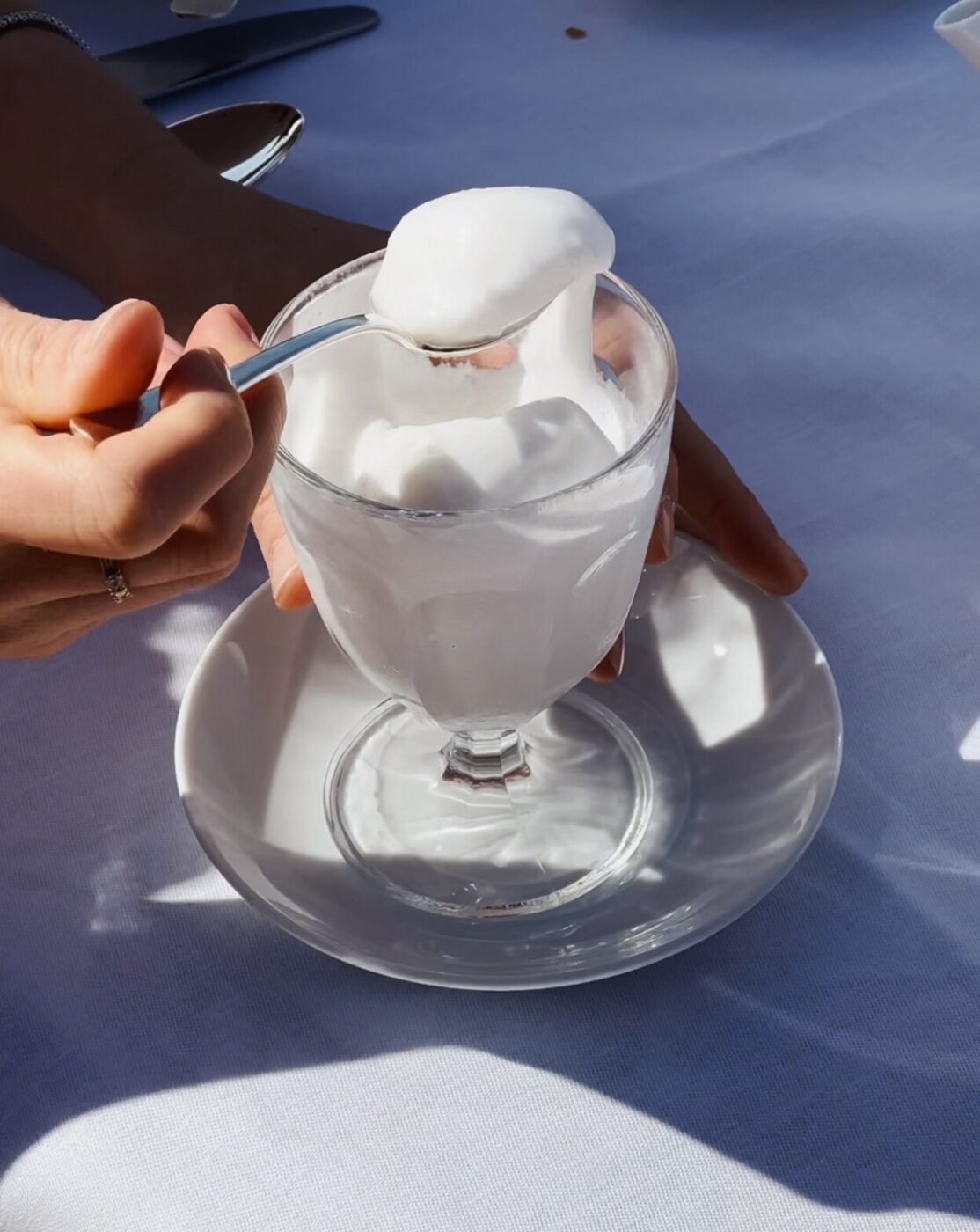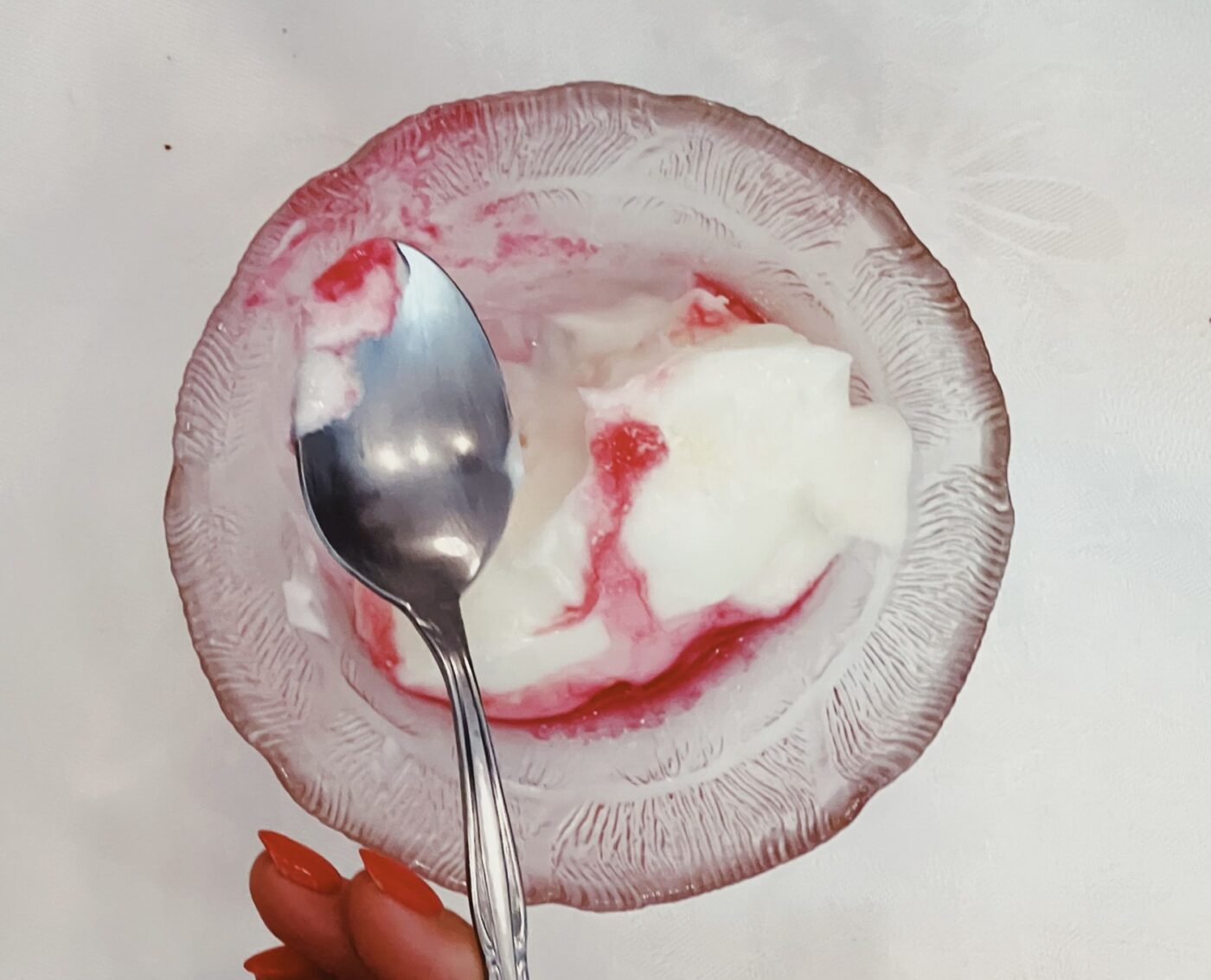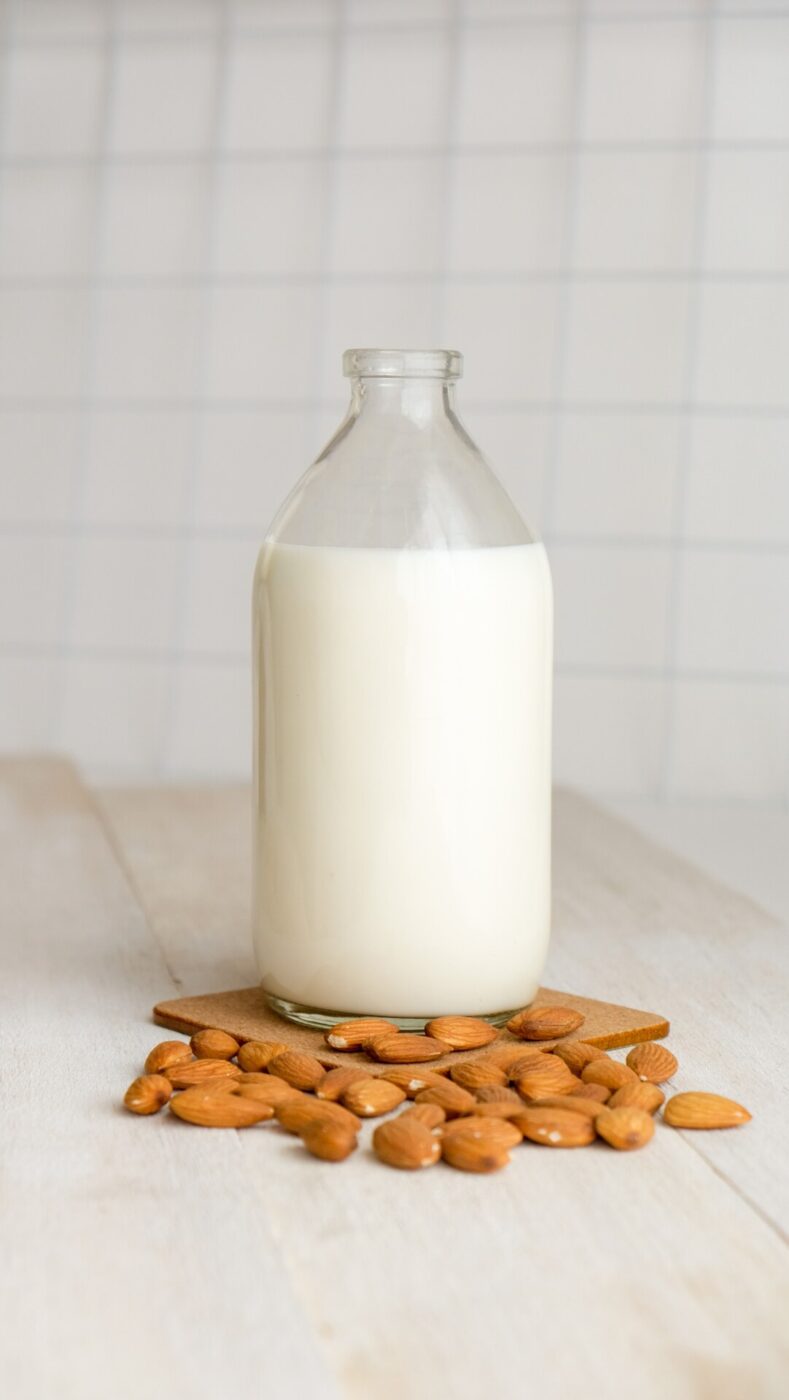Think almond milk, and what comes to mind is a blisteringly new, cool, and vaguely Californian cafe. Its customers are clad in expensive yoga wear, and an exposed brick wall sports an inevitable, ever-growing list of milk alternatives: soy, coconut, oat, hemp, rice, quinoa, pea, and the like. It’s certainly not the type of place you’d find in Italy–beyond some hip metropolises like Milan, Rome, and Bologna–and it’s an image that feels worlds away from the dairy-heavy backdrop of this country. For the lactose intolerant, head to any average Italian bar, and the most you’ll find is lactose-free cow’s milk and soy milk–if you’re lucky. But almond milk boasts a prominent role in Sicilian culinary culture, and has done for hundreds of years before it could be rattled off as part of a convoluted coffee order.
Almonds, or mendula in Sicilian dialect, were brought to Sicilian soil by the Ancient Greeks, with the legend going that a boat carrying almond and olive trees heading for Puglia was instead blown by strong winds to the Sicilian coast. Almond milk originated within Sicilian monasteries in the Middle Ages, when it was traditionally made by monks who soaked finely chopped or ground almonds in water and then strained them through a cloth. The drink proved particularly popular during Lent and before feasts, a time during which Christians were supposed to abstain from meat and dairy products. The drink rapidly rose to form a key part of Medieval Muslim and Christian cuisine, being easier to conserve than cow or sheep’s milk which would quickly spoil in Sicily’s dry heat, and so were instead made into long-lasting products like cheese.
Fast forward a few hundred years, and almond milk, or latte di mandorla, continues to hold pride of place amidst Sicily’s vibrant food scene. Unlike the lackluster substitute used almost exclusively to accompany coffee that we are now familiar with, this milk is sweet, rich, and a drink in its own right. Typically served chilled to combat the torrid heat of the summer months, venture into a Sicilian cafe to order a glass of the freshly made drink, sometimes flavored with honey or a pinch of cinnamon. It is often made by dissolving almond paste in water; this sweet block is made of ground Sicilian almonds and sugar–a similar recipe to marzipan, but with more almond, less sugar, and a slightly coarser texture. Add crushed ice to the concoction for an almond granita, enjoyed for breakfast alongside brioche in a morning ritual known as granita câ brioscia (granita with brioche).
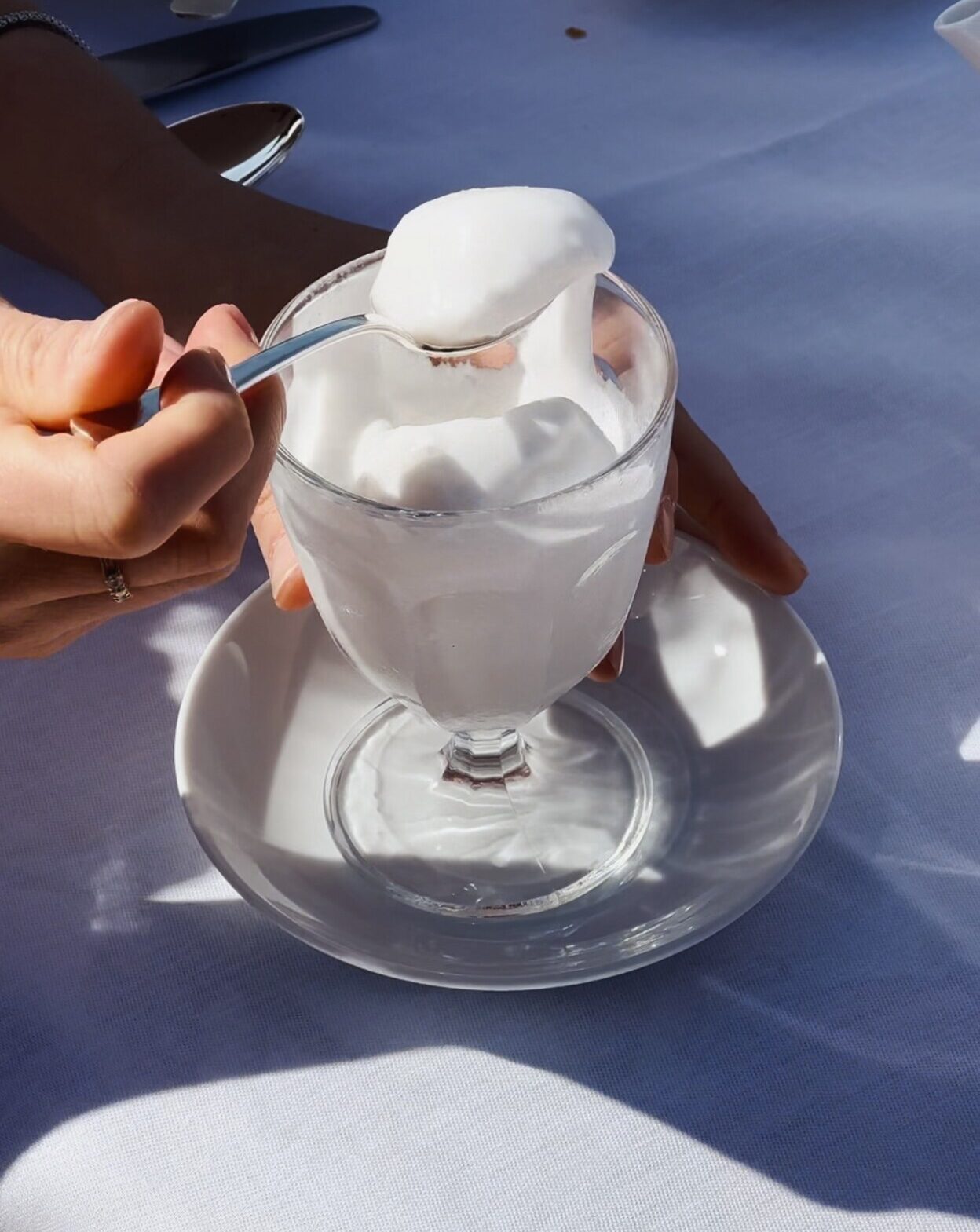
Almond granita
And yes, the Sicilians add almond milk to their coffee too–but not in the way you might expect. The traditional caffe ammantecato was born from a desire to combine two of the island’s iconic flavors. The coffee is made with the Italian moka, but the water usually used to fill the base is replaced with almond milk and a chunk of cinnamon. Ground coffee is, as normal, smoothed into the filter, and the moka is left to boil. The result? A coffee infused with the delicate taste of almonds and cinnamon. Just as sweet a treat is biancomangiare (literally, “white food”) a typical dessert made with almond milk (what else?) and interchangeably flavored with add-ins like lemon peel, cinnamon, chopped pistachios, and orange blossom water. The sweet even gets a mention in the famous Sicilian novel Il Gattopardo, where the protagonist notes the “refined taste” of the dessert while pouring over a buffet.
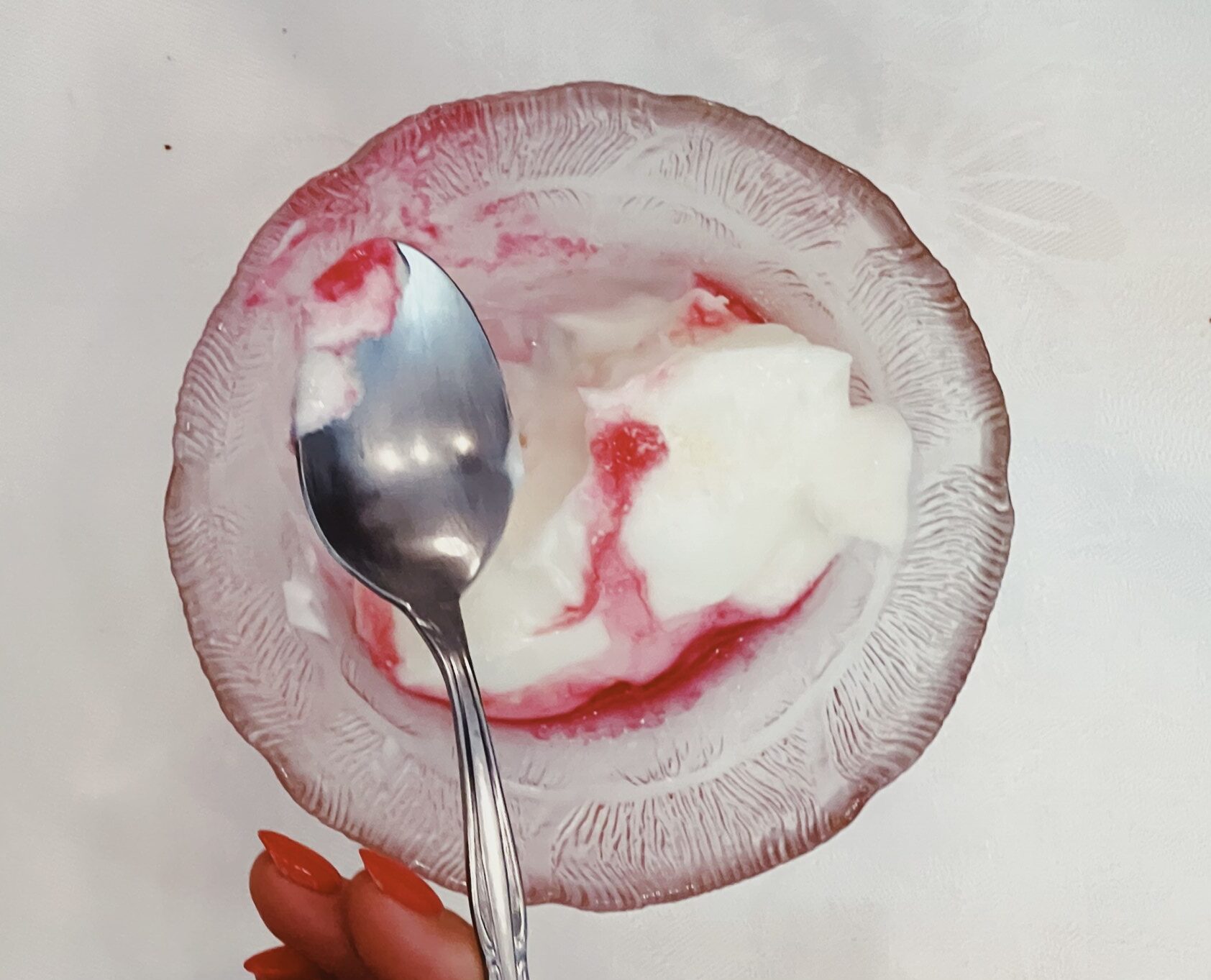
Biancomangiare
The significance of Sicily’s almond milk production weaves its way through the culinary calendar too, with the almond harvest boasting just as important a place as the olive and grape harvests, and the beginning of spring marked with the almond blossom festival that takes place annually in the town of Agrigento. In fact, latte di mandorla has been officially recognised by the Italian government as key to Sicily’s (and regions of Southern Italy’s) heritage, and is now a protected traditional agricultural product.
Undeterred by the (admittedly mouth-watering) list of dairy products typically associated with Italian food, this milk alternative maintains a consistent culinary importance in Sicilian culture, unphased by the food fads that ebb and flow in an increasingly expanding produce market. In a world where every new dietary craze attracts a cult following, little room is left for the acknowledgement of age-old culinary tradition, leaving heritage in danger of being dismissed in favor of nutritional micro-trends. So, though we have the tendency to automatically associate vegan products with yoga-clad modernity, Sicily’s long heritage with the drink shows us otherwise. Despite its associations with newness, latte di mandorla is just at home in a Medieval monastery as it is in a slick new coffee shop. To the Sicilians, then, this drink is not a new trend, but old news–and more than just a substitute.
